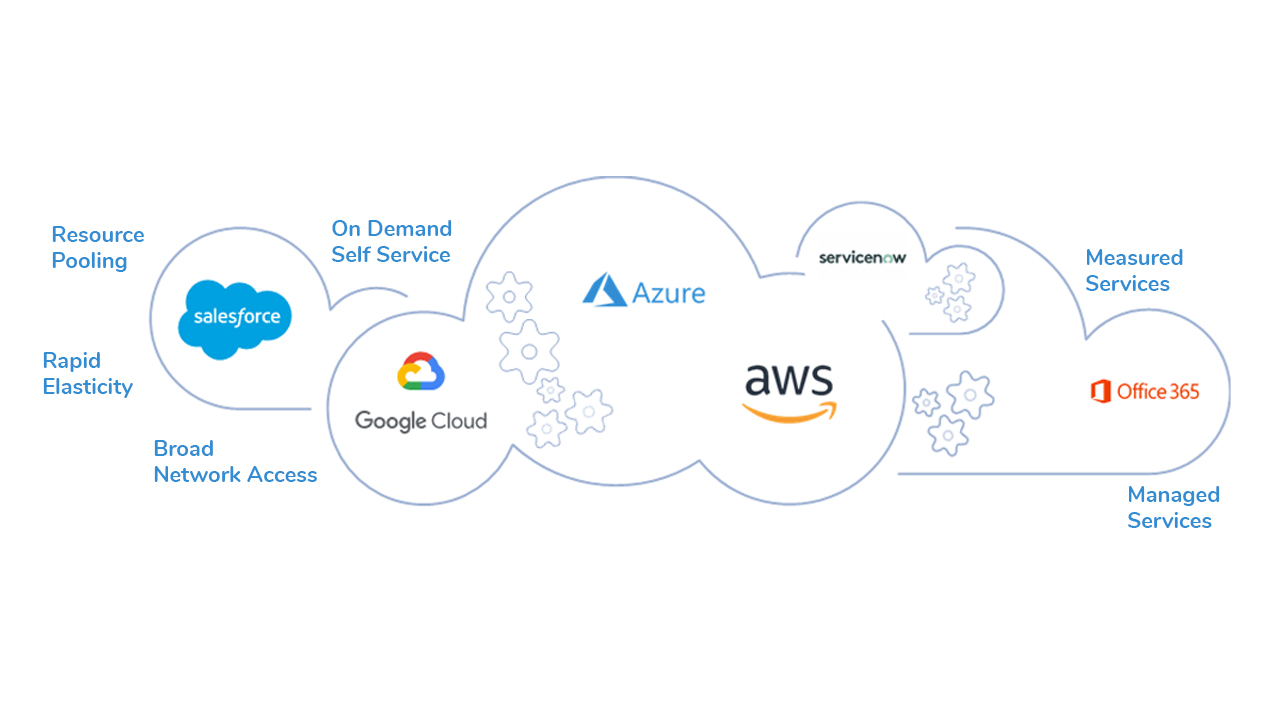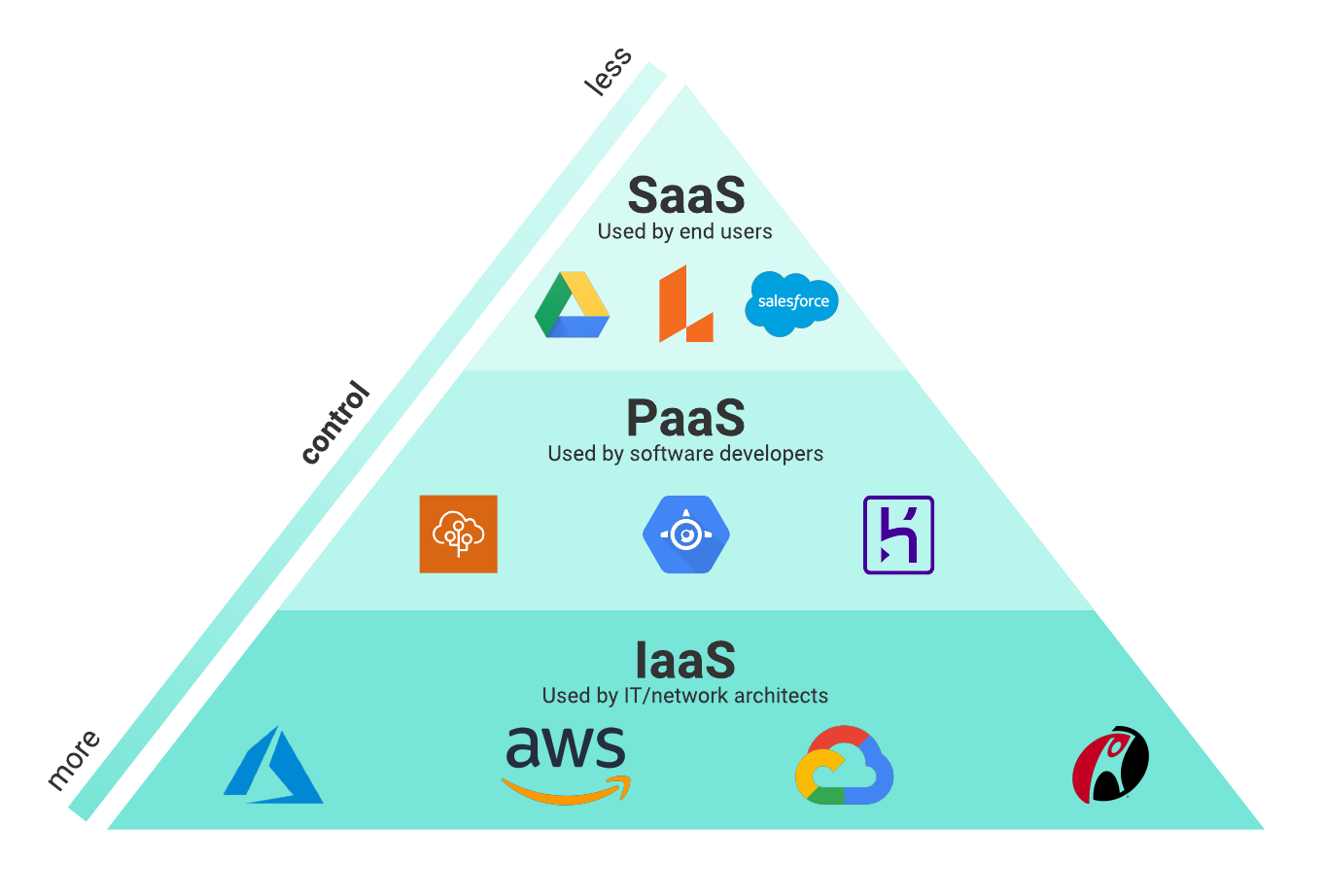Stay Updated with the Cloud Services Press Release: Fads and Growths
Stay Updated with the Cloud Services Press Release: Fads and Growths
Blog Article
Achieve Seamless Scalability With Cloud Solutions
In the ever-evolving landscape of cloud solutions, attaining seamless scalability stands as a keystone for contemporary businesses looking for to stay versatile and competitive. The quest for seamless scalability with cloud solutions unveils a globe of possibilities for those ready to embrace the transformative power of vibrant source management.
Benefits of Cloud Scalability
Cloud scalability supplies organizations the adaptability to dynamically adjust resources based upon demand, guaranteeing optimum performance and expense performance. One vital benefit is the capability to range resources up or down swiftly in response to rising and fall work. This agility enables services to meet altering customer requirements without over-provisioning resources, eventually bring about cost savings. Scalability likewise improves efficiency by ensuring that systems can take care of increased traffic or workload without experiencing downtime or downturns. By effectively alloting resources, organizations can preserve high levels of efficiency during peak times without unneeded expenditures during quieter periods. Furthermore, cloud scalability promotes development and testing by enabling companies to easily examine new concepts and scale them as needed. This flexibility urges a culture of constant enhancement and adaptation, allowing organizations to stay affordable in a rapidly advancing market landscape. Ultimately, the advantages of cloud scalability extend past expense savings to encompass improved efficiency, dexterity, and technology.
Key Features for Scaling
Efficient scaling in cloud solutions counts on key attributes that make it possible for organizations to change sources dynamically based on demand. One essential function for scaling is flexibility, allowing resources to scale up or down in reaction to changing work. This makes certain that organizations can meet performance demands without over-provisioning resources. Another key function is scalability, making it possible for systems to handle boosted workload by adding sources flawlessly. This function is crucial for fitting development without jeopardizing performance. Additionally, automation plays a vital role in scaling by automating the provisioning and de-provisioning of resources based upon predefined plans. Automation minimizes human treatment, boosts effectiveness, and makes sure quick feedback to changing demands. Tracking and analytics devices are also crucial for scaling, offering understandings into source usage, performance metrics, and potential bottlenecks. These devices make it possible for organizations to make educated choices and maximize source allocation for effective scaling. In general, these vital functions jointly encourage companies to achieve seamless scalability in cloud solutions.
Executing Auto-Scaling Strategies
To efficiently optimize resource allotment and adapt to varying work, companies have to strategically implement auto-scaling techniques in their cloud services infrastructure. Auto-scaling permits systems to instantly readjust this article the number of compute recommended you read sources based on real-time need. There are various auto-scaling strategies that organizations can employ, such as predictive scaling, which uses historical data to anticipate future source needs, and responsive scaling, which reacts to existing work modifications.

Ideal Practices for Scalability
For organizations aiming to improve their scalability in cloud solutions, carrying out finest practices is essential for optimal performance and source monitoring. One key ideal method is developing applications with a microservices style. This technique breaks down applications into smaller sized, independent solutions that can be deployed, upgraded, and scaled individually, allowing for higher flexibility and scalability.
Another vital method is making use of containerization modern technology, such as Docker or Kubernetes. Containers allow the packaging of applications and their dependences right into separated devices, making it simpler to scale parts separately and release them constantly throughout various environments.
In addition, applying automated deployment and facilities as code (IaC) can improve scalability initiatives (linkdaddy cloud services). Automation tools like Terraform or Ansible assistance in provisioning and managing resources successfully, lowering manual mistakes and enabling fast scalability
In addition, keeping an eye on performance metrics, establishing notifies, and performing routine capability preparation are necessary practices to make certain positive scalability monitoring. By sticking to these ideal practices, organizations can attain smooth scalability in their cloud services while maximizing efficiency and resource use.
Tracking Efficiency Metrics
When evaluating the efficiency of cloud solutions scalability, very closely click reference monitoring performance metrics is crucial for guaranteeing optimum functionality and resource allowance. By continually tracking vital efficiency signs (KPIs) such as feedback times, latency, source, and throughput usage, companies can obtain valuable insights into the wellness and performance of their cloud facilities. Checking efficiency metrics enables the early detection of potential traffic jams or concerns that might affect scalability, making it possible for proactive measures to be required to resolve them before they escalate.

Final Thought
In verdict, achieving smooth scalability with cloud solutions is necessary for organizations to optimize performance, improve innovation, and keep high performance levels during peak times. By leveraging the advantages of cloud scalability, carrying out auto-scaling approaches, using crucial features such as flexibility and automation, and adhering to best methods like application layout and efficiency surveillance, services can successfully scale their systems while making best use of source use and performance.
The quest for seamless scalability with cloud solutions unveils a world of opportunities for those prepared to accept the transformative power of dynamic resource administration.
Cloud scalability uses organizations the flexibility to dynamically adjust resources based on need, making certain optimum performance and price performance. One more essential feature is scalability, enabling systems to manage increased workload by including sources flawlessly.For companies intending to improve their scalability in cloud solutions, executing best methods is critical for optimum efficiency and source monitoring.When analyzing the effectiveness of cloud solutions scalability, very closely monitoring performance metrics is critical for ensuring optimal capability and resource allocation.
Report this page